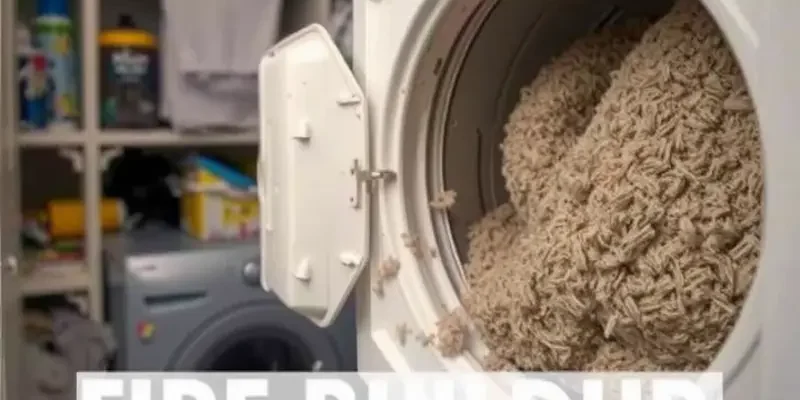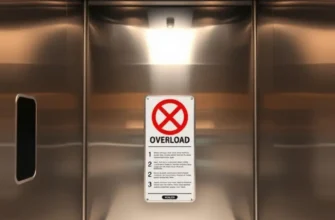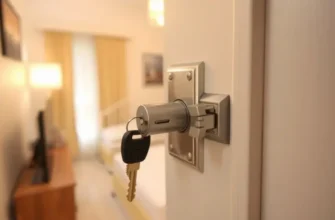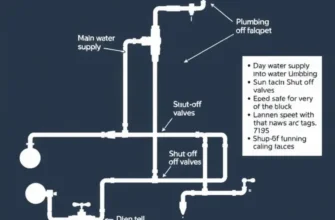Dryer lint is often overlooked in apartment living, yet it poses a significant safety risk if not managed properly. As a renter, ensuring the safety of your living space is paramount, particularly when it comes to potential fire hazards. Lint buildup can obstruct airflow, leading to overheating and, in severe cases, fires. Moreover, managing dryer lint extends beyond safety; it impacts the efficiency of your dryer and can lead to costly repairs. Luckily, there are simple maintenance routines you can implement to keep your apartment secure, comfortable, and efficient. From understanding how to properly clean your lint trap to knowing when to call in a professional, informed actions can maintain your peace of mind. This guide provides practical advice to help you manage dryer lint effectively, ensuring a safe and secure laundry experience right in your apartment.
Understanding the Risks of Lint Build-Up

The accumulation of lint in your dryer is more than just an inconvenience. It poses significant risks that can affect your safety and the efficiency of your laundry routine. Failure to address lint build-up in your dryer may lead to obstructed airflow. This obstruction results in overheating, which can be a precursor to household fires. In fact, dryer lint is commonly responsible for numerous apartment fires each year. By understanding these risks, you can take appropriate preventive measures to protect your home.
Lint is composed of tiny fibers that detach from clothing and towels during the drying cycle. Despite the presence of a lint trap, a considerable amount of lint can bypass this barrier and accumulate within the dryer vent and ductwork. When airflow is blocked, the dryer has to work harder to expel hot, moist air, leading to reduced efficiency and increased energy consumption.
Apart from potential fire hazards, lint build-up can also affect the dryer’s performance. Drying time is prolonged, using more electricity and decreasing the lifespan of your dryer. Clothes may remain damp or require multiple cycles to dry completely, adding to the wear and tear of both the dryer and your clothing.
Routine maintenance is paramount in mitigating these risks. Begin with checking and cleaning the lint trap after each use. This small step can capture a significant amount of lint, preventing it from entering the dryer’s internal system. Additionally, schedule regular inspections of your dryer vents and exhaust ducts to ensure they are free of lint and debris. Detachable vent covers can also be beneficial, providing easy access for cleaning.
For long-term prevention, investing in professional cleaning of the dryer vent system once a year is advisable. Not only does this safeguard against fire hazards, but it also improves the efficiency of your dryer by maintaining optimal airflow.
Ensure that your dryer is installed correctly, with as few bends and curves in the ductwork as possible. This minimizes places where lint can accumulate. Moreover, transitioning to a metal duct system can enhance safety by reducing static buildup, which is common with plastic or foil-type ducts.
For those living in rental properties, understanding the importance of these safety measures can be crucial. Communicate with landlords or property managers to ensure they implement a regular maintenance schedule. If you are a renter, understanding your rights in case of fire damage can offer additional protection and peace of mind.
Diligent attention to dryer maintenance can transform your laundry routine into a safer, more efficient experience, ensuring a lint-free and secure living space.
Easy Maintenance for a Safer Laundry Experience
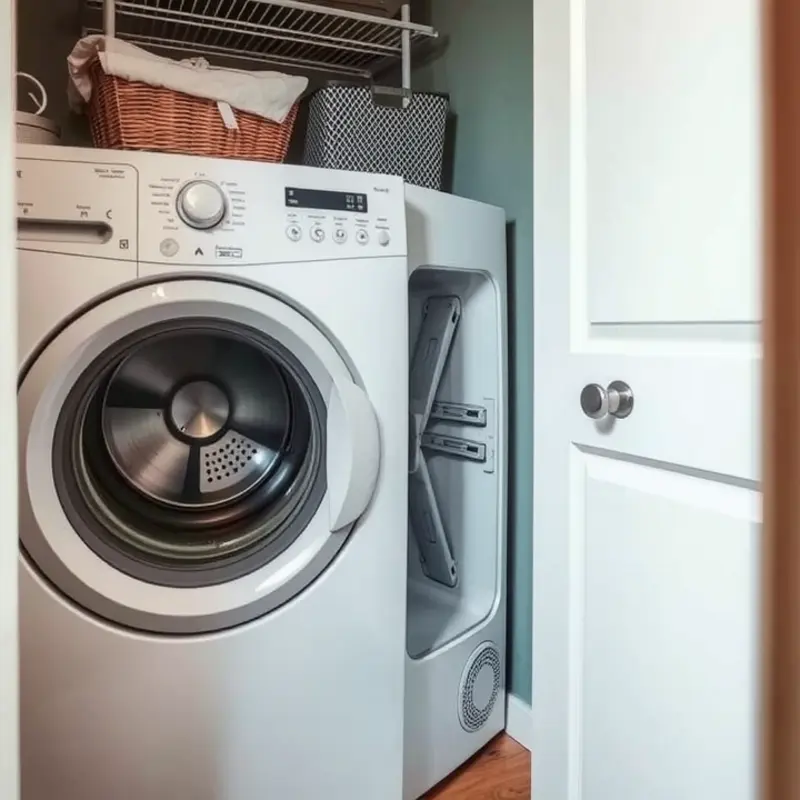
Proper dryer maintenance is essential for ensuring both efficient performance and safety. Understanding how to care for your dryer can prevent hazards and extend its lifespan. Let’s explore practical steps for maintaining a lint-free and hazard-free drying experience.
First, you must clean the lint filter after every load. A clogged filter not only hampers efficiency but can also pose a fire risk. Remove the filter, sweep a hand across it to gather debris, and rinse in warm water if residue lingers. Ensure it’s completely dry before reinserting.
In addition to routine filter cleaning, monthly checks are crucial for optimizing airflow. Disconnect the dryer and remove the vent hose, inspecting for lint accumulation. Use a vacuum to clear any buildup and examine the hose for signs of wear. Replace if any damage is found, as leaks can lead to reduced efficiency and potential hazards.
While monitoring the vent, inspect the exhaust outside. Look for any obstructions that could impede airflow. Trapped lint or materials can cause the dryer to overheat. Regularly cleaning the exhaust ensures proper ventilation, which is vital for both the machine’s performance and safety.
Be attentive to signs of potential issues. Unusual noises, longer drying times, or a burning smell are indicators that maintenance is required. If the dryer is exceptionally hot to the touch, turn it off immediately and investigate the cause.
There are times when professional help is indispensable. Visible wear and tear on belts, an overheating machine, or persistent mechanical noises signal the need for expert intervention. A professional can diagnose issues that aren’t immediately apparent and conduct repairs securely.
Renters should also be mindful of their lease agreements regarding appliance care. Familiarize yourself with outlined responsibilities, and ensure you’re complying to avoid any liabilities. For more detailed insights on renter obligations, visit Understanding Renter Liabilities.
Finally, examine your dryer settings. Make sure you’re using appropriate settings for different materials to prevent overheating and excess drying time. Delicate fabrics may require specific settings that not only protect the garment but also the appliance.
Easy steps, consistent habits, and recognizing when a situation is beyond a simple fix are key to maintaining a reliable, safe dryer. Ensuring your appliance operates efficiently will save energy and prolong its life, making your laundry days less of a chore.
Final words
Prioritizing dryer lint maintenance is a small but vital step toward ensuring your safety as a renter. By understanding the risks associated with lint buildup and adopting simple cleaning habits, you can prevent potential hazards and enhance the efficiency of your dryer. Remember that a lint-free dryer not only protects you but also extends the life of your appliance. Empower yourself with these practical tips and keep your apartment safe and secure, fostering a hassle-free laundry routine that lets you focus on the things that matter most.

